Member Sign In
Login with email and password
No account yet? Register Now
What would you change about yourself? If you could, I mean. Do you bite your nails? Procrastinate? Leave clothes in the dryer til they’re out of style? If you just can’t seem to shake that bad habit, science says it’s not your fault. It’s because no one ever showed you how.
Hi, I’m Romany Malco. Since researching the science behind changing habits, I finally understand why I've failed miserably for so many years. It's not just about willpower. In fact, there are other factors that have much greater influence your ability to control your habits.
This video will help you change your habits in three easy-to-understand steps so you can feel in control again.
So, what is a habit? In simple terms, a habit is something your brain learns to do automatically as a reaction to specific triggers in specific environments. For example, when you put on your shoes, you don’t think about whether the laces go right over left or left over right. Your brain just ties them on autopilot. But why?
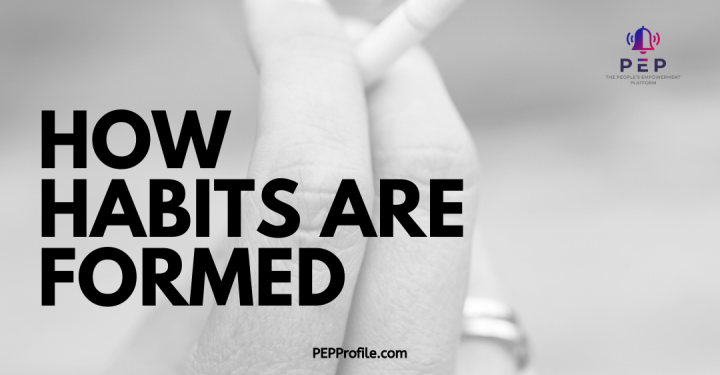
To know why, you’ll need to know how habits are formed. This part is even more important than you realize right now and I’ll explain why in a minute.
Susan Courtney, of Johns Hopkins University says, “neurons that fire together, wire together.” This is the science behind what’s called a "habit loop."
First, there's a Trigger that tells your brain to go from thinking mode into autopilot mode. Second, there’s the behavior itself, known as the Routine. Finally, there’s the Reward. Something your brain likes enough to store this habit loop for future use.
That’s it.
Trigger, Routine, Reward. Repeat the loop enough times, you’ve got a habit.
It’s important to know that this process influences a huge part of your life. According to habit expert and author Charles Duhigg, up to
“45% what we do everyday sort of feels like a decision, but it’s actually habit.”
So, now that you know about habit loops, you might wonder, “How do we know all this?” Though physiologists and advertisers have known about habit loops for more than a hundred years, modern science can finally demonstrate this at a cellular level.
A great example comes from Dr. Nicole Calakos and her team of researchers at Duke University. They developed sugar habits in half of a group of mice. They discovered that the mice with sugar habits were wired to respond to triggers they associated with sugar rewards, even when the rewards stopped coming.
These changes in their brains were so powerful that it was possible for scientists to predict which mice had formed a habit just by looking at their brains in a petri dish. The habit had actually changed the physical brains of the mice.
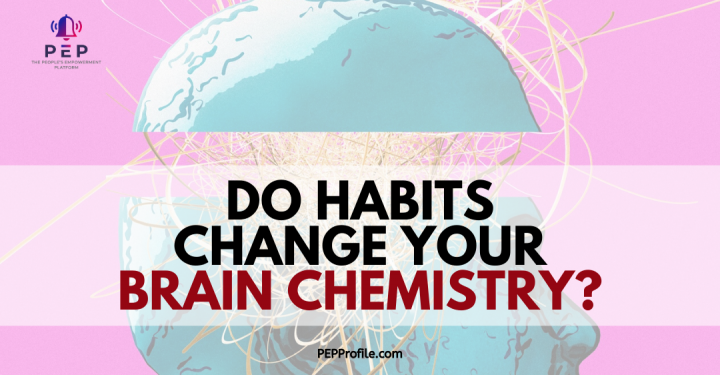
That’s not all. Scientists also saw these changes happen across the entire area of the brain responsible for habits, not just specific brain cells. This reveals that one bad habit can change your brain chemistry to make you more likely to pick up other bad habits.
Habits are literally changing your brain. How do you change it back? Luckily, science has some really useful answers for us.
I know this seems overwhelming enough to make you want to watch The Office on Netflix for the 20th time, but I actually have good news: You’ve already taken the first step by watching this discussion.
According to Dr. Nicole Calakos, as long as you understand the trigger and reward to your habits, they become much easier to change. So, you’ve already done step one. What’s the second step to changing your habits?
According to Professor Wendy Wood, “many of our repeated behaviors are cued by everyday environments, even though people think they're making choices all the time.” They’re focused on the behavior, rather than the trigger and reward.
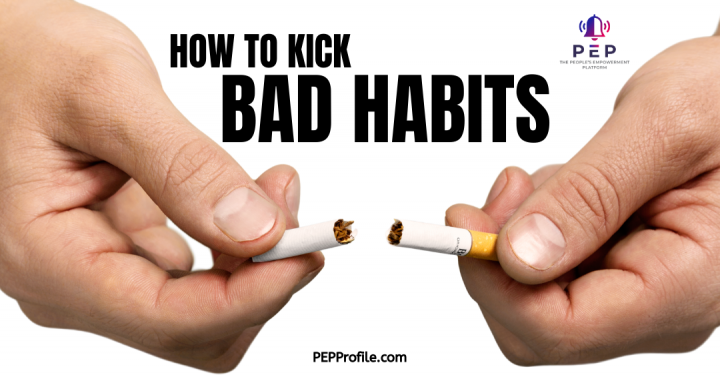
Since we know habit loops are solidified by rewards, if you want to create good habits, you’ll need to reward yourself for the behaviors you want to adopt. To drop bad habits, eliminate their environmental triggers.
Professor Wood found that students who moved to dorm rooms with TVs in different locations had much easier time breaking their TV habits. Science shows us that physical locations are some of the most powerful cues to automatic behavior.
If you change the environment, the behavior is much less likely to trigger. For example, if you want to quit smoking, it’s easiest to start on vacation because your usual triggers aren’t present. You can change your habits if you change your environment.
Superstore, Target uses this psychology in its advertising to get its customers to form new habits. Target knows that the biggest moment of flexibility in your shopping habits is when you have a kid and all of your old routines have to change. So they do anything possible to convince pregnant women to shop there, knowing that once a new habit is formed, it’s very hard to break if you’re not conscious of it.
So now you know how habits are formed and you know that environmental triggers and rewards are the keys to changing those habits. There’s only one thing left to do: Repeat.
Once you’ve started a new habit loop, the key to success is repetition. Tara Swart, a senior lecturer at MIT, says that we can only establish habits through repetition. But how long does it take?
According to Professor Swart, depending on the complexity of the activity, you’ll need anywhere from two to four months to form a new brain map as complex as the one you’re replacing. Don’t set yourself up for failure by thinking you can do it in a week.
But don’t worry, Dr. Swart also has some tips on speeding up the process. First, if you want good habits to take root, give yourself big rewards. The bigger the reward, the more likely the habit is to take root. Second, try to do it at the same time every day. This will help speed up habit formation.
A slightly different approach to habit-forming is the go-slow method advocated by author James Clear. He says that the key to habit formation is to pick a goal so small that you can’t help but achieve it, then very slowly increase your goal. This way, you turn the creation of good habits into a habit itself to help you achieve your goals. Clever, right?
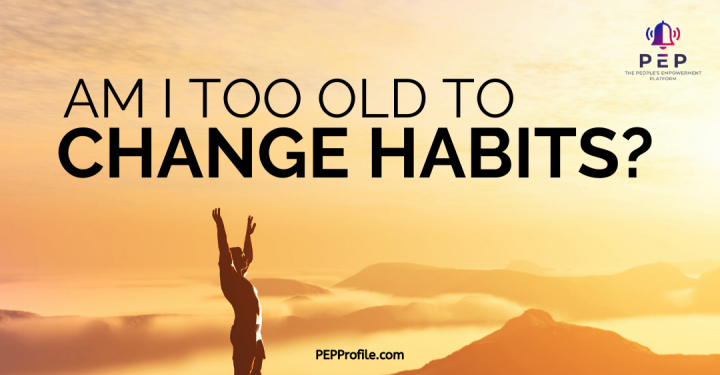
Some people might worry that they’re old dogs past the age they can learn new tricks. But, according to a review of 152 studies, though it’s true that our brains are more malleable the younger we are, you’re never too old to change.
Your personality and habits can continue to change well into your 80s and beyond. Don’t think about change being hard because you’re older. Instead, realize that right now is the easiest it’ll ever be for you to change your habits. There’s no reason to wait.
So, what did you learn today? Habits are a Trigger – Routine – Reward loop. Knowing that is the key to change. If you want to quit bad habits, you’ll need to eliminate the triggers.
If you want to create good habits, you’ll need to reward yourself for starting them. And if you want these changes to stick, you’ll need to keep going for at least two months.
It might not be easy at first, but nothing worth doing ever is. You can’t do anything about the mistakes of the past, but you can do something about the mistakes of the present.
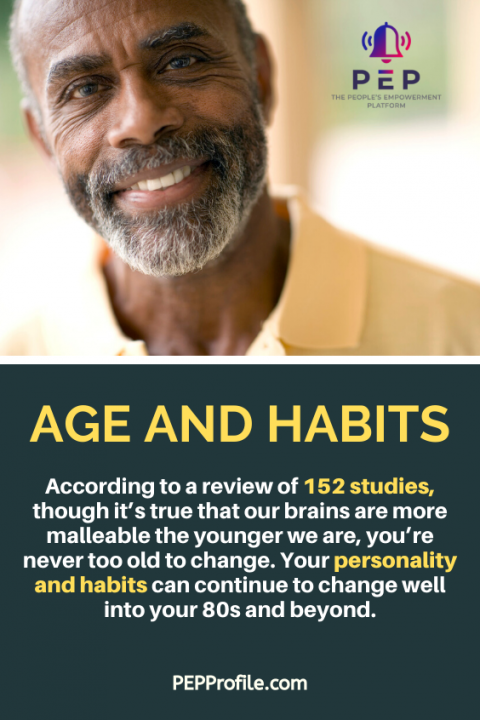
What environmental change do you plan to make to form your new habit? Join the conversation in the comments for tips and strategies to help you achieve your goals. I know you can do it.
REFERENCES:
https://www.ncbi.nlm.nih.gov/pmc/articles/PMC3505409/
https://today.duke.edu/2007/12/habit.html
https://today.duke.edu/2016/01/habits
https://www.thecut.com/2014/11/how-much-can-you-really-change-after-30.html
https://www.fastcompany.com/3045424/what-it-takes-to-change-your-brains-patterns-after-age-25
https://hbr.org/2012/06/habits-why-we-do-what-we-do
https://jamesclear.com/habit-guide
Login with a social network